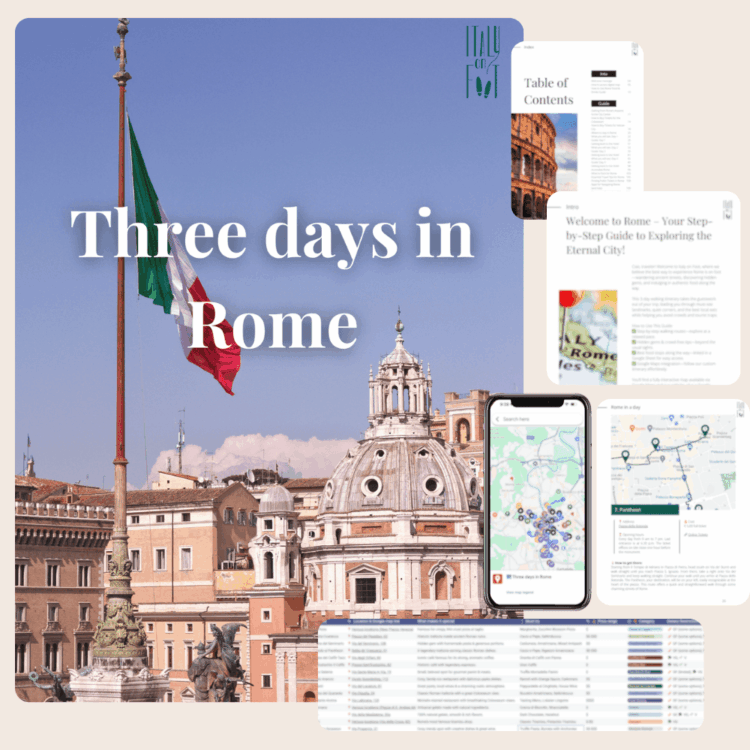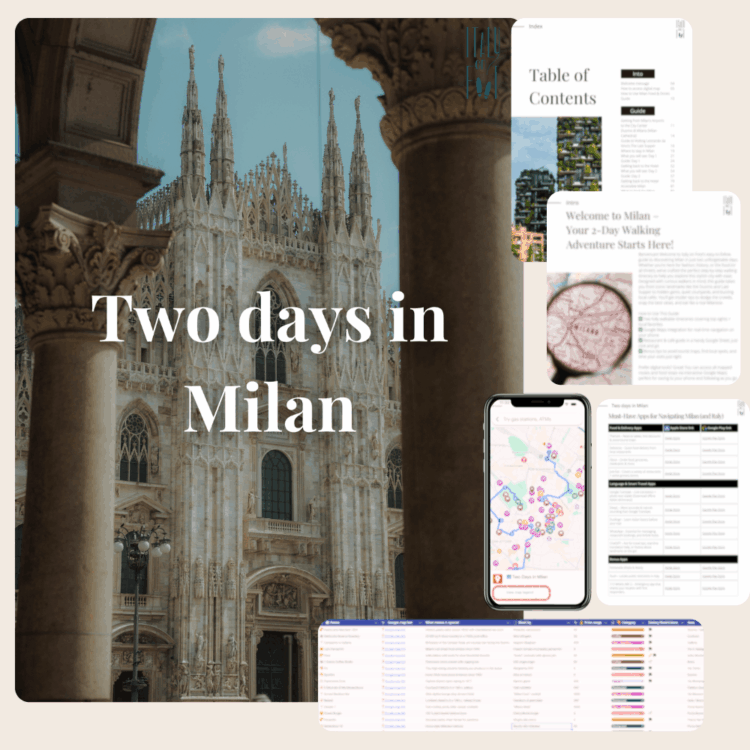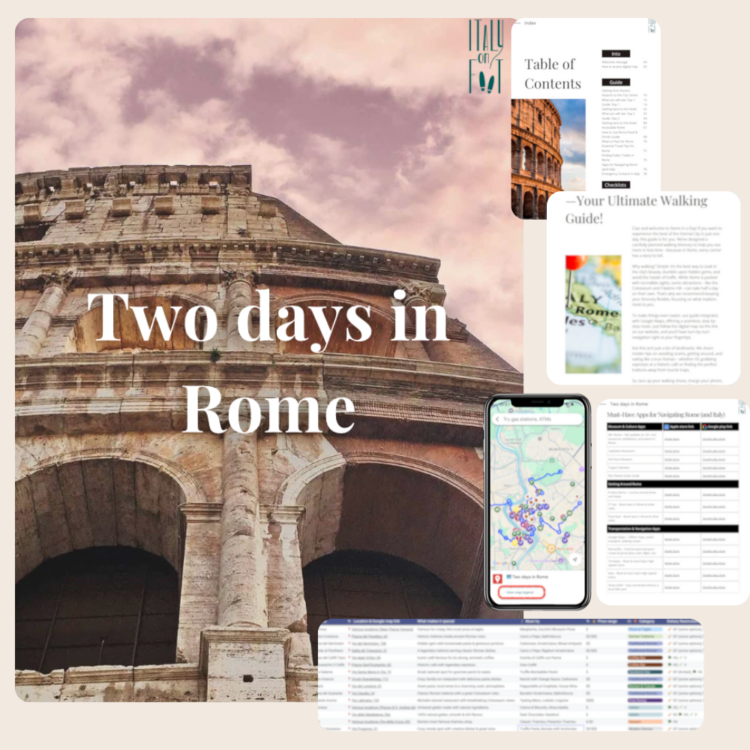Finding the right time to explore a city as mesmerizing as Venice is essential to enhancing your travel experience. Nestled in northeastern Italy, this unique city on water offers something special year-round, but some periods might suit you better than others depending on what you seek from your adventure.
Spring: March to May
For many, spring represents the most splendid time in Venice. During these months, the city begins to awake from its winter slumber, and the streets and canals take on a new life. The weather during spring is mild, usually ranging from 8°C (46°F) to 20°C (68°F), making it perfect for strolling through the city’s winding alleys and narrow waterways.
About this time of year, you can expect fewer tourist crowds compared to the bustling summer months, which allows for an easier exploration of famous sites without the significant queues. Imagine ambling through St. Mark’s Square with ample space to admire the beautifully intricate Basilica or taking a serene gondola ride through quieter canals.
Additionally, the flora begins to bloom, and the city decorates itself with a kaleidoscope of colors. This season is also packed with events such as the Festa di San Marco, Venice’s patron saint day on April 25th. These celebrations are an amazing opportunity to soak in local culture and traditions.
If you need a structured plan to make the most of a short trip, consider checking out this guide that covers what to see in Venice in one day. This can really help in ticking off the must-visit attractions efficiently.
Summer: June to August
Summer, spanning from June through August, represents the peak tourist season in Venice. The city buzzes with energy as throngs of visitors find their way to experience the vibrant Venetian life. During these months, you can expect the temperature to range between 18°C (65°F) and 30°C (86°F), creating perfect conditions for sunbathing on the nearby Lido beaches or sipping an Aperol Spritz along the Grand Canal.
One cannot overlook the Festa del Redentore, occurring the third weekend in July. This festival not only represents a significant historical event but also showcases one of the most spectacular fireworks displays over the lagoon. Despite the high tourist influx, witnessing such a grand event can be an unforgettable experience.
However, Venice in the summer can also come with its challenges. Higher temperatures can sometimes lead to humidity, and the crowds can make navigating around the main attractions a bit of a test of patience. If you decide summer is the best time for you, it might be wise to focus your itinerary on the early mornings or late evenings when the air is cooler and the streets less hectic.
Autumn: September to November
Autumn in Venice can be truly charming. The months from September to November feature cooler, more comfortable temperatures ranging from 12°C (54°F) to 21°C (70°F). The cityscape becomes even more picturesque as the golden-hued leaves create a striking contrast against the turquoise waters of the canals.
This period is considerably less crowded compared to summer, granting you more breathing space to appreciate Venice’s iconic architecture, art galleries, and museums. Cultural aficionados might enjoy the Venice Biennale, an iconic art exhibition that usually takes place from late May to November, alternating yearly between an art and an architecture focus.
Also, autumn is the season for delicious Venetian fall cuisine. Savoring a meal at a local trattoria with seasonal dishes like fresh seafood, risotto, and chestnuts can add an extra layer of delight to your visit. However, it’s important to note that November can herald the start of “acqua alta” (high water season), where certain parts of the city may experience flooding. Keeping an eye on weather forecasts and being prepared with appropriate footwear can mitigate any inconvenience.
Winter: December to February
Winter in Venice transforms the city into a realm of quiet beauty. With temperatures ranging from about 0°C (32°F) to 8°C (46°F), you can expect shorter days and a crisp, cold atmosphere. This period offers a unique charm where mist often hovers over the canals, creating a mysterious and magical setting.
Christmas and New Year in Venice can be especially appealing with festive decorations illuminating the city, making late December a special time to visit. But the highlight of the winter season is undoubtedly the Venice Carnival, which usually occurs in February. This world-famous event is a cavalcade of extravagant costumes, traditional masks, vibrant parades, and masquerade balls. The Carnival is a nod to Venice’s rich culture and history and provides an immersive experience into the city’s traditions.
Winter is typically the least crowded season in Venice, allowing for a more tranquil immersion into the local way of life. Hotel prices can also be more affordable, offering good value for longer stays.
So, when evaluating “when is the best time to travel to Venice,” it largely depends on your personal preferences and what you aim to experience. Each season offers its own set of highlights and minor challenges, but rest assured, Venice never fails to captivate regardless of the time of year.



